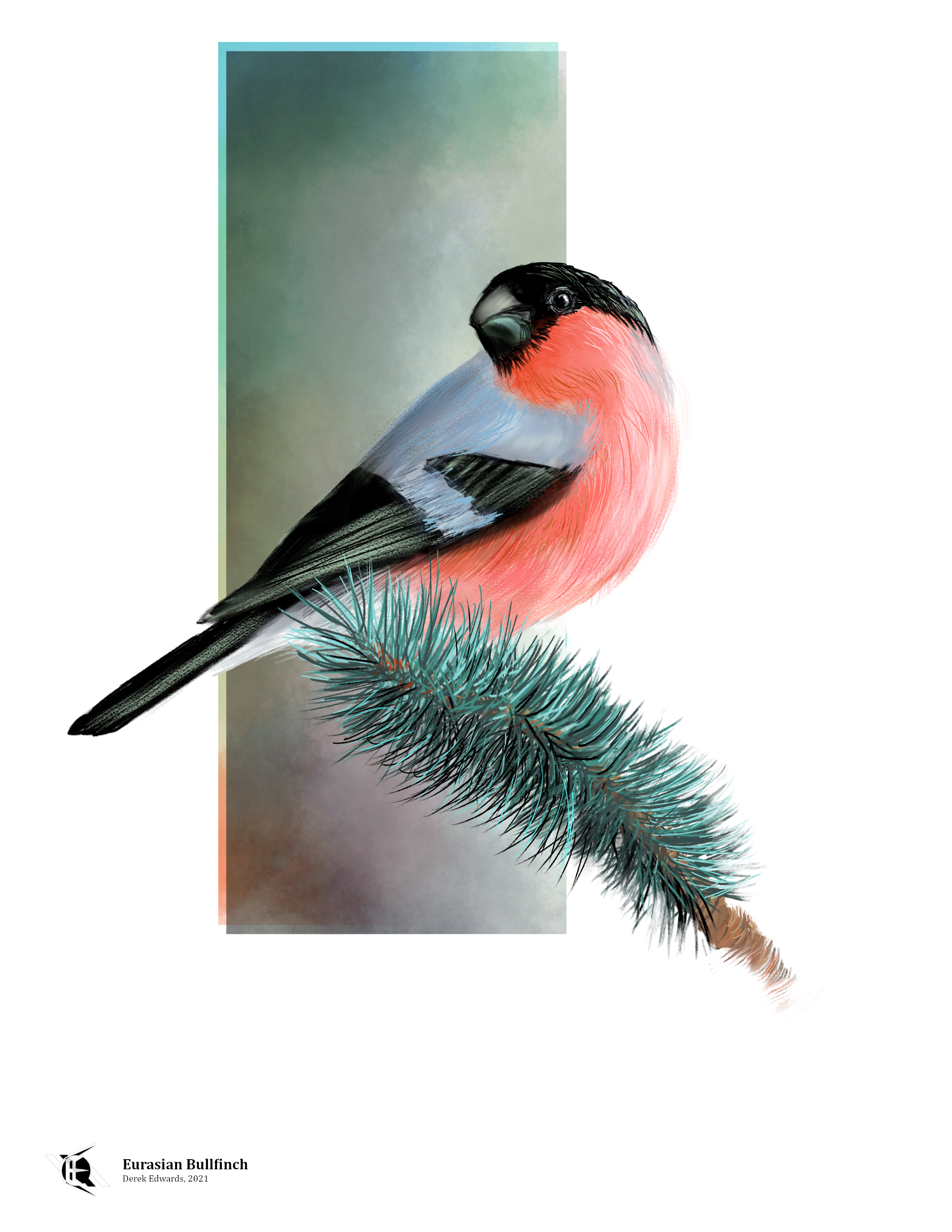
Running Commentary 1/25/2021
Hello,
First things first, the Mandalorian Season 2 review is out now
If you’ve been a subscriber to RC, you read my quick notes about each episode. This is a review of the season overall, especially how the show featured cross-over characters.
Secondly, the next review in the pipe is of Charles Soule’s Light of the Jedi. I don’t have a ton of stuff to say about that, so expect that review to be a bit shorter than some other book reviews.
Watching…
Episode 3 of WandaVision was in the style of the early ’70s. *SPOILERS*

- The jokes were worse, generally, but that might have been in keeping with the era.
- It seems that the other characters were more aware of things in this episode than those previous. I’m not sure what that means, though.
- S.W.O.R.D.’s presence is defined a bit more here. While Wanda still seems to be the unconscious creator of the weird TV world, we see from the outside that there is a physical containment to it.
BattleBots
Captain Shredderator got its first win in years against Axe Backwards. I generally assume Shredderator will always lose, and I also generally assume Axe Backwards will always lose, so I was unable to really predict a winner. But it was Shredderator, performing as Brian Nave always says it can. (I wonder, though, if it won because its weapons systems got stuck on rather than off.)
The decisive win of the night goes to Copperhead, who took out P1 in two strong hits. Copperhead is another underrated new-ish bot this season, and I think it should go pretty far in the tournament, depending on who it matches up against.
Beta vs. Rusty went about as expected. If you go against Beta, you need to be able to take a hit, and Rusty just can’t. It brought sheet metal to a plate metal fight.
Hypershock truly demolished the un-armored Mammoth. While I could do a snarky Design Tip of the Week Put Armor on your Robot, builders know that. Mammoth isn’t made to be well designed, really, it’s designed to be as large as possible. Instead, I’ll say that Agility Matters. Hypershock is not the hardest hitting or most durable bot, but it’s incredibly agile. It doesn’t have to wait for openings the way many of its foes do; it’s able to just get in there and attack. That’s valuable.
Sporkinok took another loss, this time from SubZero. I’d be surprised to see it make the tournament.
Tracer took its first win over Bale Spear, in the latter’s first televised fight. Apparently, Tracer still can’t self-right, but they didn’t have to this round, and its weapon was enough to disable its opponent.
It was a brutal main event fight between Whiplash and Gruff. Both bots lost their primary weapons, but it was consistently Whiplash on the attack for much of the fight. It went to a judges’ decision, which, uncontroversially, went to Whiplash.

Bird of the Week
Our bird this week is the widespread though reclusive Eurasian Bullfinch. These birds keep to dense, wooded areas and hedgerows, though they can be coaxed out of hiding with food. They are especially notorious for stripping the young buds from fruit trees, a supplement to the typical songbird diet of seeds and insects.
Bullfinches are found in lands from Iceland to Japan, with their territory covering much of Europe and northern Asia. Different regions are host to different sub-species, with the western sorts generally exhibiting more color than the eastern.
The name “bullfinch” comes from their stocky, neckless, somewhat bovine appearance. Their binomial is Pyrrhula pyrrhula, with “pyrrhula” being Greek for “flame-colored”. Carolus Linnaeus called the bullfinch “Loxia pyrrhula”, classifying it among the still-recognized genus of Crossbills. These are finches whose beaks sort of scissor past themselves, hence “Loxia”, from the Greek for crosswise. Eurasian Bullfinches do not have such beaks and were spun off as their own genus, along with the other Old-World bullfinches. (New-World bullfinches, found in the Caribbean, are actually tanagers.)
Linneaus wasn’t the first to call them “pyrrhula”; the Renaissance polymath Conrad Gesner (whose name you might recognize for his work popularizing the graphite pencil) had called them that two centuries earlier, and it seems he may have been quoting Aristotle when he did so.
Curation Links
The Itch | Atul Gawande, The New Yorker
A fascinating look at the history of the medical understanding of perception, particularly that of itchiness, along with the story of two persistent itch sufferers and their treatment.
Where Do Whales Go When They Die? | Nick Pyenson, Literary Hub
A few weeks ago, I featured news video of a beached whale being blown up. Today, we have an excerpt from Nick Pyenson’s book Spying on Whales, in which he talks about how whale strandings happen, and how they’ve shaped cetology.
Detroit People Mover: Bad Transit, But Great Attraction | Laura Bliss, Bloomberg CityLab
A history of the People Mover, the municipal transit system of Detroit.
That Bulging Can Might Kill You | Rebecca Flint Marx, TASTE
C. botulinum is a bacteria. A toxic bacteria. Botulinum toxin is the strongest poison known to science. For TASTE Magazine, Rebecca Flint Marx takes a look at C. botulinum’s use of improperly preserved food as a vector.






Member Commentary